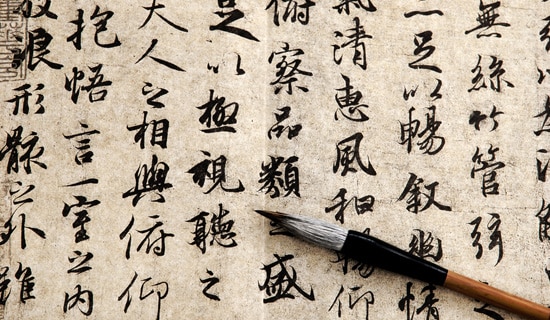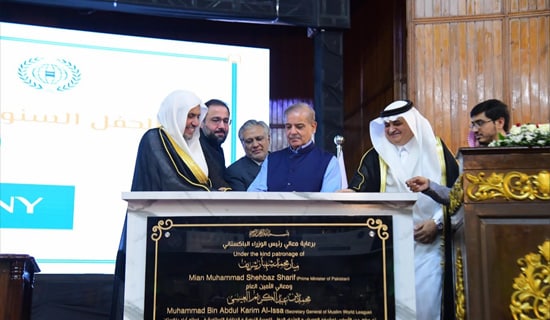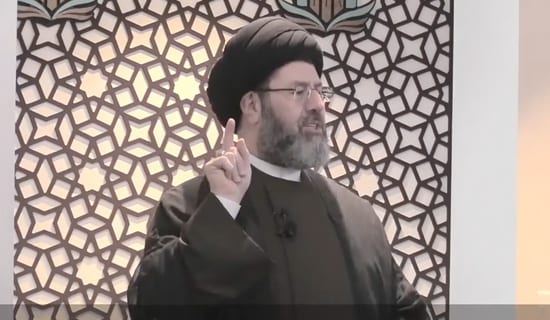In a March 17, 2014 interview with the Iranian daily Khorasan, former Atomic Energy Organization of Iran director Fereydoon Abbasi, who headed the agency under president Mahmoud Ahmadinejad, revealed that over the years Iran had concealed from the International Atomic Energy Agency (IAEA) information on its nuclear program, on its activity at the heavy water reactor in Arak, and on the location and activity of its production workshops.
The Arak reactor, which operates on the plutonium track, is one of the bones of contention in the negotiations between Iran and the 5+1 group.
In the interview, Abbasi claimed that Western intelligence agencies had successfully sabotaged Iran's nuclear program using information received from the IAEA, and that the source of this information was Iran's reports to the IAEA on the aims of its nuclear program and also reports by foreign firms that provided equipment to Iran. He said that this is why Iran had decided to conceal from the IAEA its purchasing programs as well as information about some of its activities at the Arak reactor.
It is notable that since 2006, Iran has provided the IAEA with no information on its activity at Arak, in violation of the agency's demands. Iran has been harshly criticized for this in U.N. Security Council resolutions and in IAEA reports.
Following are excerpts from the interview:[1]

Fereydoon Abbasi
Fereydoon Abbasi: "Regarding the Design Information Questionnaire [DIQ] that the IAEA always requests as information related to the planning and progress of Iran's facilities, Iran always submits this information to the IAEA. However, at one point we did not inform [the IAEA] about the DIQ, because the Additional Protocol [of the NPT that allows the IAEA to conduct monthly snap inspections to detect violations] was not ratified [by Iran's Majlis].
"The reason for this was that the IAEA inspector would honestly report, for instance, that a certain part or a certain pump had yet to arrive [in Iran], or to be installed. As a result, the intelligence agency receives this information [from the IAEA and then] searches the globe for companies that make the pump, and pressures them. They would pressure that country or company not to transfer the parts or equipment to Iran, or would allow them to do so [only] after sabotaging [the parts]... For instance, if it was an electronic system, they would infect it with a virus, or plant explosives in it, or even alter the type of components, in order to paralyze [Iran's] system.
SUPPORT OUR WORK

"Question: All these events [actually] happened?
"Abbasi: Everything I said happened...
"Question: Meaning that these [sabotage] operations were carried out on the basis of information that Iran transferred to the IAEA in accordance with the [international nuclear] protocols?
"Abbasi: Yes, they took action according to our [purchase] requests, and, by means of their intelligence agencies, they closed Iran's purchasing channels so that no one [besides them] could sell us anything. [At the same time, they] opened the channels that they [personally] control, in order to provide Iran with equipment that would also benefit them. This, for example, [is how]... they got the Stuxnet virus [into Iran]. They planted it in equipment that Iran purchased.
"Question: So that is how the virus was brought [into Iran]?
"Abbasi: Yes. Look, companies like Siemens are at the complete mercy of the intelligence and sabotage agencies. The same is true for the Edwards company in England. This virus was also inserted into the spinning [part of the centrifuge] made by this company, as were explosives. On the basis of information that Iran provides [to the IAEA], they know how many centrifuges we intend to install, and what parts we need, and therefore they prevented this equipment [from getting to Iran] – for instance, a hollow pump that was supposed to be purchased from AEG. The company itself is [probably] not at fault – these intelligence agencies carry out the sabotage and then transfer the equipment to Iran via that [company].
"This is why Iran [stopped] providing information [to the IAEA]... [We] would give the DIQ [to the IAEA] but only after the fact [in violation of the Non-Proliferation Treaty and IAEA regulations].
"When we wanted to move the Arak reactor's main warehouse, we concealed it, so that [IAEA inspectors] would not notice which workshop [the activity was being conducted in], since they might have carried out assassinations or sabotage there. [So] for several years we concealed warehouse, so that that company could do its work...
"At the time that we wanted to move [the warehouse], we had information that they might attack it with Stinger missiles.
"Question: [Attack with Stinger missiles] on Iranian soil?
"Abbasi: Aren't they already bringing bombs and weapons into Iran? A Stinger missile is not that big. Is it larger than a guitar? (laughs). Launching a missile into the reactor's main warehouse... would mean destroying the reactor's safety standards and making it inoperable – because after that the IAEA itself would not approve [its operation].
"Therefore, we must be careful so that the enemy does not find our production workshops and does not notice [any relocation]. That way [it] cannot threaten these workshops or carry out assassinations [there]..."
Endnote:
[1] Khorasan (Iran), March 17, 2014.




